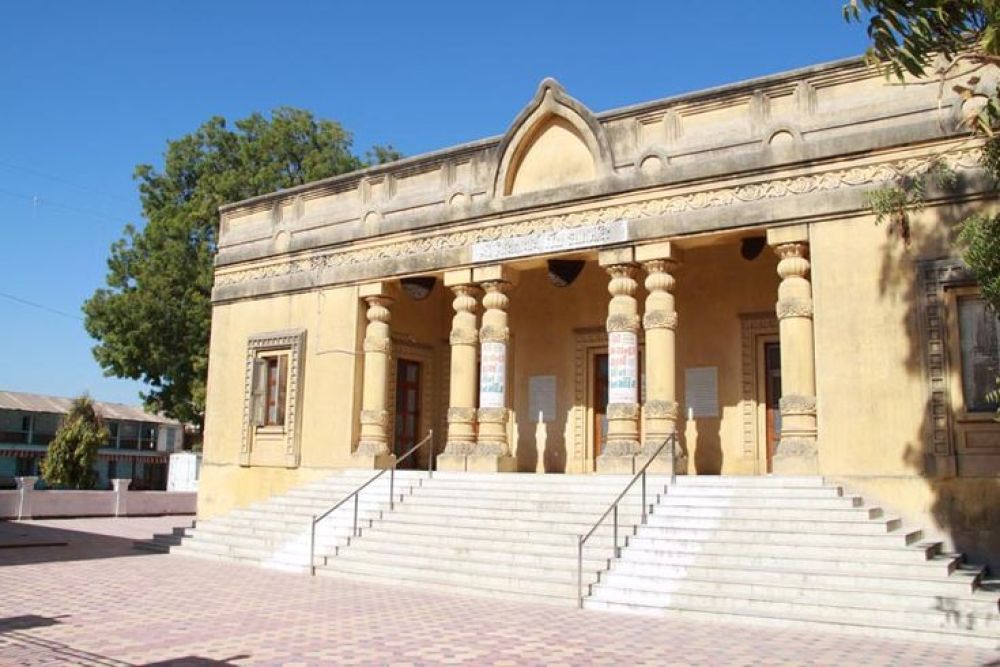

The city of Patan, located in Gujarat, India, is steeped in history and rich cultural heritage. Among its numerous historical and architectural marvels stands the magnificent Hemachandracharya Jain Gnan Mandir, a library that houses ancient manuscripts and texts pertaining to Jainism. The destination has been a focal point for scholars, historians, and tourists alike, drawn by its intellectual wealth and serene atmosphere.
The library is named after Acharya Hemachandra, a revered Jain scholar and polymath who adorned the court of King Siddharaj Jaisinh of the Chalukya dynasty. His contributions to Jain philosophy, grammar, poetry, and politics are significant. The Jain Gnan Mandir serves as a dedication to his scholarly works and is a treasure trove of ancient Jain literature.
Founded in the year 1984, the library is relatively new compared to the ancient city of Patan which dates back to 745 AD. However, it has quickly become an important destination for tourism due to its precious collections. It houses over 14,000 manuscripts, some of which are over a thousand years old, making it a vital repository of ancient wisdom.
Over the years, the Hemachandracharya Jain Gnan Mandir has garnered attention from tourists who are keen on exploring Gujarat's Jain heritage. Visitors come to marvel at the detailed manuscripts, some of which are intricately illustrated with gold and are exquisite specimens of ancient artistry.
The library also acts as a research center where scholars study ancient texts to understand the religious and historical context of Jainism. Tourists can view displays and exhibitions that showcase the beauty and depth of Jain literature and philosophy.
In recent years, there has been a noticeable shift towards heritage and educational tourism in India. Tourists are increasingly interested in exploring destinations beyond traditional sightseeing, seeking immersive experiences that offer a deeper understanding of local culture and history. Hemachandracharya Jain Gnan Mandir fits perfectly into this niche, offering a unique glimpse into Jain academic heritage and ancient scholarship.
Leveraging modern technology, the library has started digitizing its manuscripts, making them accessible to a broader audience and preserving them for future generations. This technological integration has also become a point of interest for tech-savvy tourists and researchers.
With the government's push on promoting lesser-known heritage sites and the emphasis on sustainable cultural tourism, the Hemachandracharya Jain Gnan Mandir is set to remain a significant destination for those seeking knowledge and tranquility amidst historical grandeur.
If you are planning to visit Hemachandracharya Jain Gnan Mandir, keep in mind that the library has specific visiting hours and may require prior permission for certain research activities. It is advisable to respect the sanctity of the place and the ancient manuscripts, allowing future generations to also experience the wealth of knowledge housed within its walls.
As you walk the halls of this prestigious institution, you not only witness the historical legacy of Jain literature but also become a part of the living history that continues to inspire and educate visitors from around the world.
Whether you are a historian, a student of culture, or simply a curious traveler, Hemachandracharya Jain Gnan Mandir in Patan is a destination that should not be missed.